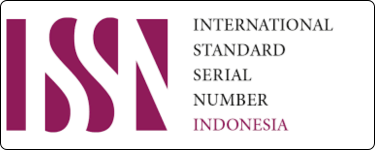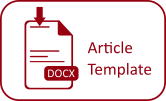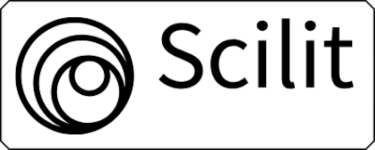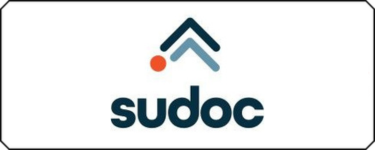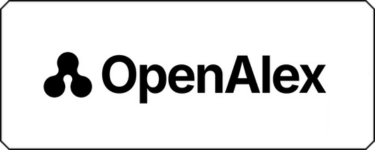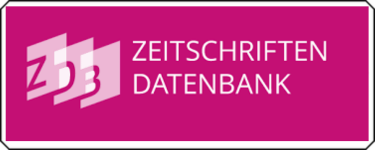Policing Model in Building Synergy to Improve Papuan Welfare
Keywords:
Policing Model, Welfare, PapuaAbstract
Papua is one of the regions in the eastern part of Indonesia. Papua has great wealth and potential, however, there are several conflicts that often occur in Papua. The Papua problem must be resolved through dialogue with local leaders in order to restore political confidence in joining Indonesia. The method used in this research is qualitative by means of interviews and focus group discussions (FGD). Meanwhile, the theory used in this research is conflict resolution theory and the concept of policing in dealing with this conflict. The result of this research is a model of policing to build synergy between the Police-Indonesian National Army, the Regional Government, and the Community that integrate to deal with conflicts that occur in Papua. With an approach through communication with the heart and conducting the discussion goes down directly to the community.
Downloads

Downloads
Published
Issue
Section
License
Please read and understand the copyright terms for submissions to this journal.
Copyright Notice
The Jurnal Keamanan Nasional is under the Creative Commons Attribution 4.0 International (CC-BY 4.0) License, according to which:
1) Authors retain copyright and grant the journal the right to first publication, with the work simultaneously licensed under the Creative Commons Attribution (CC-BY 4.0) that allows the sharing of articles published with the acknowledgement of authorship and the initial publication in this journal.
2) The authors are authorized to make additional contracts separately for distribution of the version of the work published in this journal (for example, publication in an institutional repository or as a chapter of the book), as long as there is recognition of authorship and initial publication in this journal.
3) Authors are authorized and encouraged to publish and distribute their work online (for example, in institutional repositories or on their personal pages) at any time before or during the editorial process, as it increases the impact and reference of the published work.


